Loading
Nour Baserti proudly offers transportation services in Saudi Arabia, making your journey to Makkah's holy sites both comfortable and memorable. Ziyarat, a cherished tradition among Muslims, is often observed during special occasions like Hajj, where visitors engage in prayers, supplications, and acts of charity. Our expert guide, Abdul Fareed Malik, has curated an insightful guide to Makkah's Ziyarat locations to enhance your spiritual experience.
Visiting Makkah is a profound blessing for Muslims worldwide. As the birthplace of the Prophet Muhammad (peace be upon him) and the site of the Quran's revelation, Makkah holds unparalleled significance in Islam. While many pilgrims devote their time to the Grand Mosque, Makkah is home to numerous sacred sites that enrich the spiritual journey.
Nour Baserti is here to make your Ziyarat visits seamless, allowing you to focus on spiritual fulfillment while we handle your transportation needs. Let us guide you on this sacred journey to connect deeply with your faith.
The Kaaba stands as the most sacred site in Islam, serving as the direction of prayer (Qibla) for Muslims all over the globe.
Constructed by Prophet Ibrahim and his son, Prophet Ismail, the Kaaba was built as a sanctuary devoted to the worship of the one true God.
For centuries, the Kaaba has been the focal point of Muslim pilgrimage, with the Hajj, an annual religious journey, centering around this holy structure in Makkah.
More than just a physical structure, the Kaaba symbolizes unity and collective strength for Muslims worldwide. Its profound religious and cultural significance makes it an essential destination for Ziyarat in Makkah.
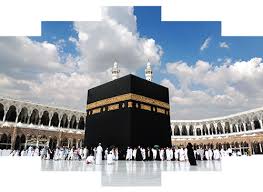
Located near the Kaaba within the sacred Grand Mosque (Al-Masjid al-Haram) in Makkah, Saudi Arabia, Maqam Ibrahim is a stone platform with profound significance in Islam. This is the revered spot where Prophet Ibrahim (Abraham) stood while constructing the Kaaba, Islam's holiest site. It is also the location where he called on people to return to the worship of the one true God.
Maqam Ibrahim holds immense religious value for Muslims and is a popular site for Ziyarat in Makkah. Pilgrims visiting this sacred place during the annual Hajj or the lesser Umrah pilgrimage perform acts of devotion and worship. Serving as a powerful symbol of Prophet Ibrahim's connection to the Kaaba, Maqam Ibrahim is a place of deep spiritual reflection, carrying great cultural and religious importance for the Muslim world.
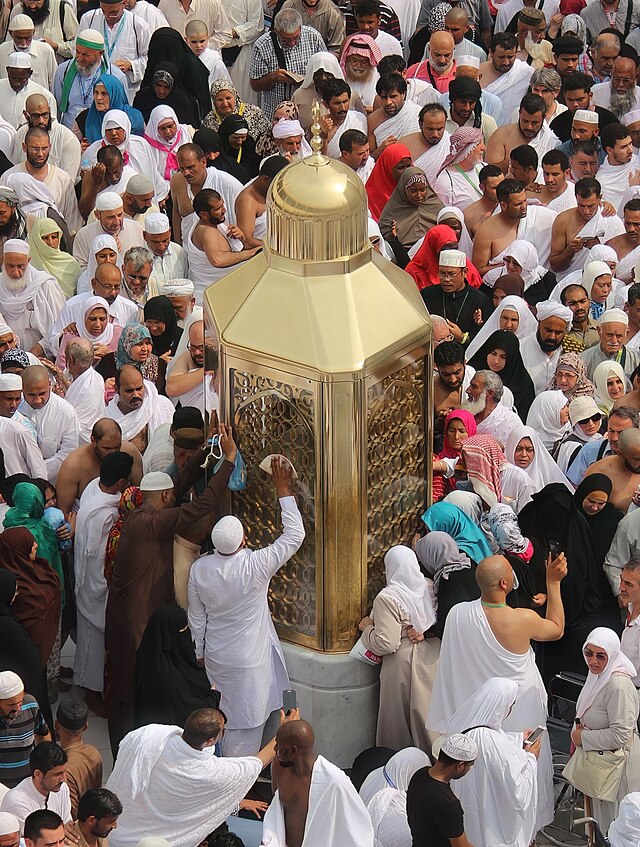
When visiting Makkah for Ziyarat, one of the key sites not to be missed is Hajr-e-Aswad, the Black Stone. It is believed to have been sent to Prophet Adam by the angel Jibrael and has been a significant focus of reverence for Muslims throughout history.
During Hajj or Umrah, Muslims traditionally kiss this stone as an expression of their deep devotion to God, a gesture of connection to the divine. Hajr-e-Aswad holds immense religious and cultural value, symbolizing the bond between humanity and the divine. Its significance makes it a crucial part of the pilgrimage experience.
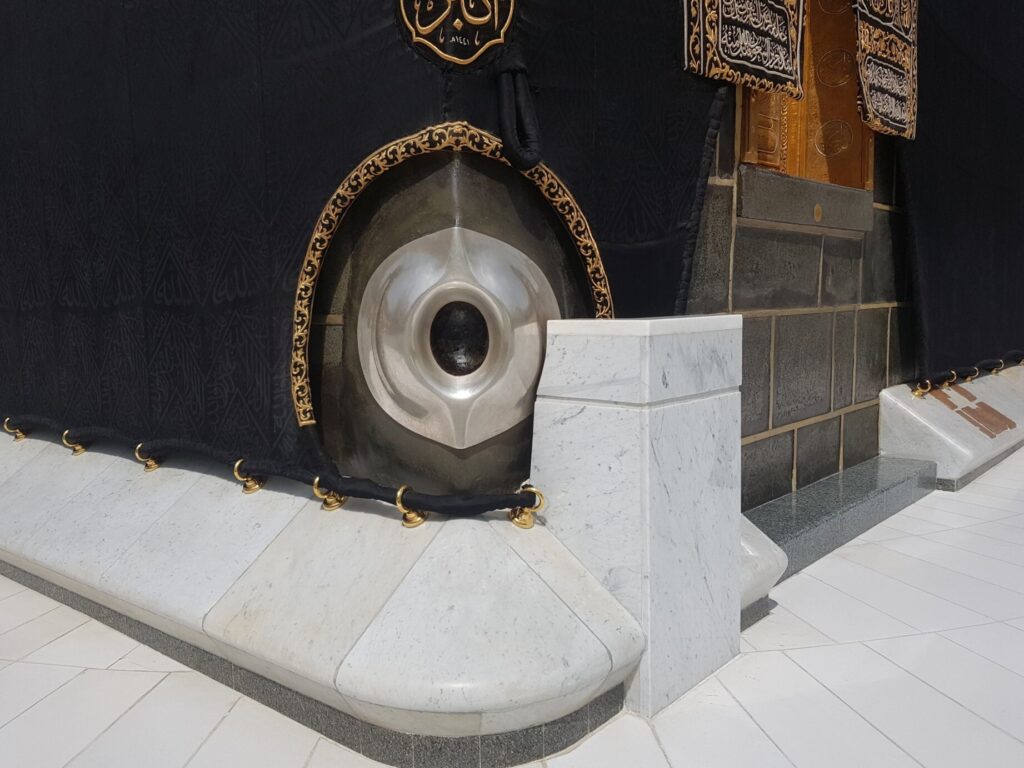
The Well of Zamzam, located near the Kaaba in Makkah, is a sacred site for Muslims. It was divinely revealed to Hazrat Hajra (r.a), the wife of Prophet Ibrahim, to provide water for her son Ismael during a time of need.
During the Hajj pilgrimage, millions of Muslims visit this holy site for Ziyarat and drink from the well's water, which is believed to carry both spiritual and physical benefits.
The water of Zamzam is not only considered a source of purification, but many pilgrims also bring bottles of it home as a blessed souvenir, a symbol of their spiritual journey.
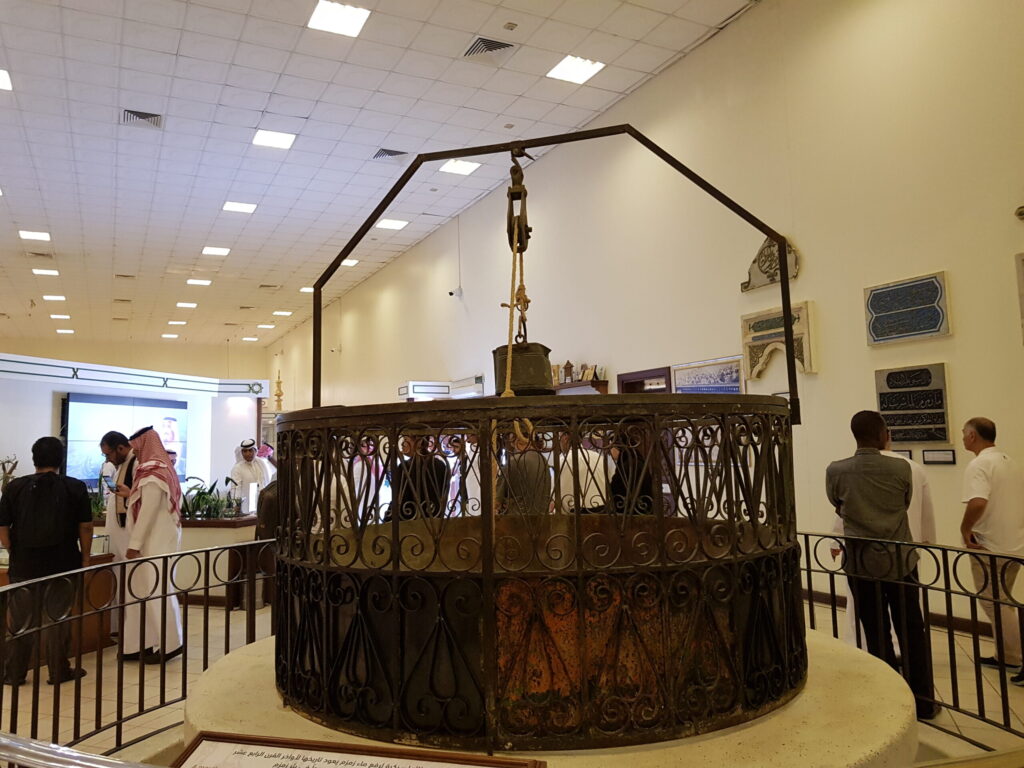
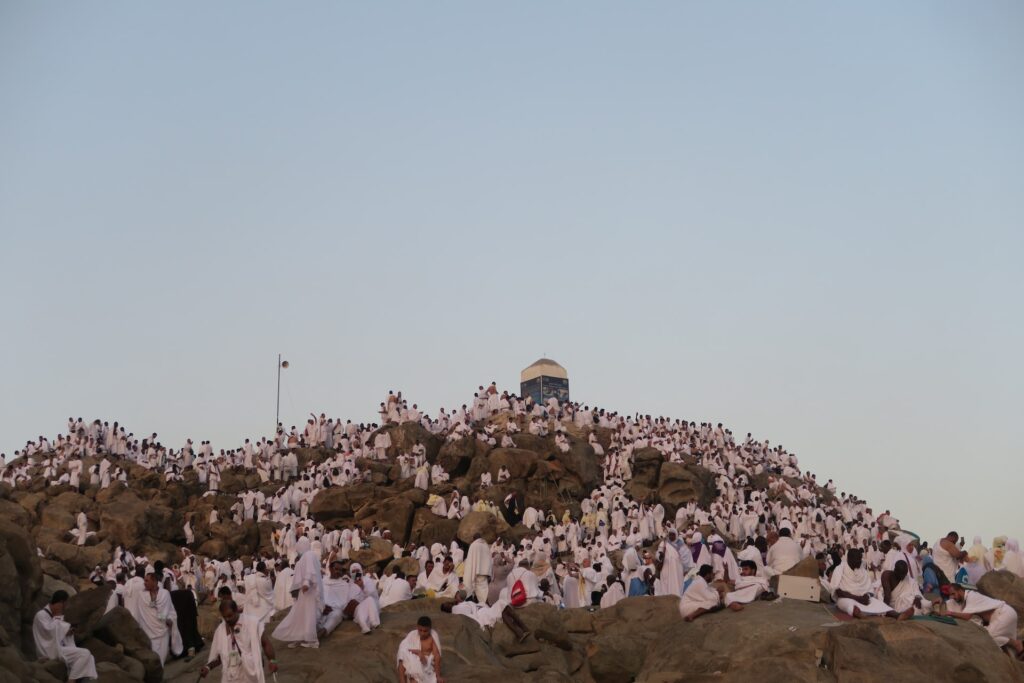
Arafat is a sacred plain located close to Makkah in Saudi Arabia, famously known as the site where Prophet Muhammad (peace be upon him) delivered his final sermon, making it one of the most revered locations in Islam.
Every year, on the ninth day of Dhu al-Hijjah, millions of Muslim pilgrims gather on the plain of Arafat during the annual Hajj pilgrimage to partake in a series of rites and prayers, marking it as a central event in the Hajj rituals.
Among the key landmarks on the Arafat plain are the Hill of Mercy and Jabal al-Rahmah, both of which hold immense spiritual significance. These locations attract millions of visitors each year, offering a deeply moving experience for all who visit.
Muzdalifah is a sacred plain located between Mina and Arafat, close to Makkah. It holds great significance during the annual Hajj pilgrimage and is considered one of the key sites for Ziyarat in Makkah.
After spending the day on the plain of Arafat, pilgrims travel to Muzdalifah where they gather pebbles, which will later be used in the symbolic stoning of the devil in Mina. This is one of the most important rituals of Hajj.
Pilgrims also perform the Maghrib and Isha prayers together in Muzdalifah, making this a time of spiritual reflection and renewal. The plain is a peaceful site that encourages worship and contemplation.
Muzdalifah is equipped with mosques and resting areas to accommodate the large influx of pilgrims during Hajj, making it an essential part of the pilgrimage journey.
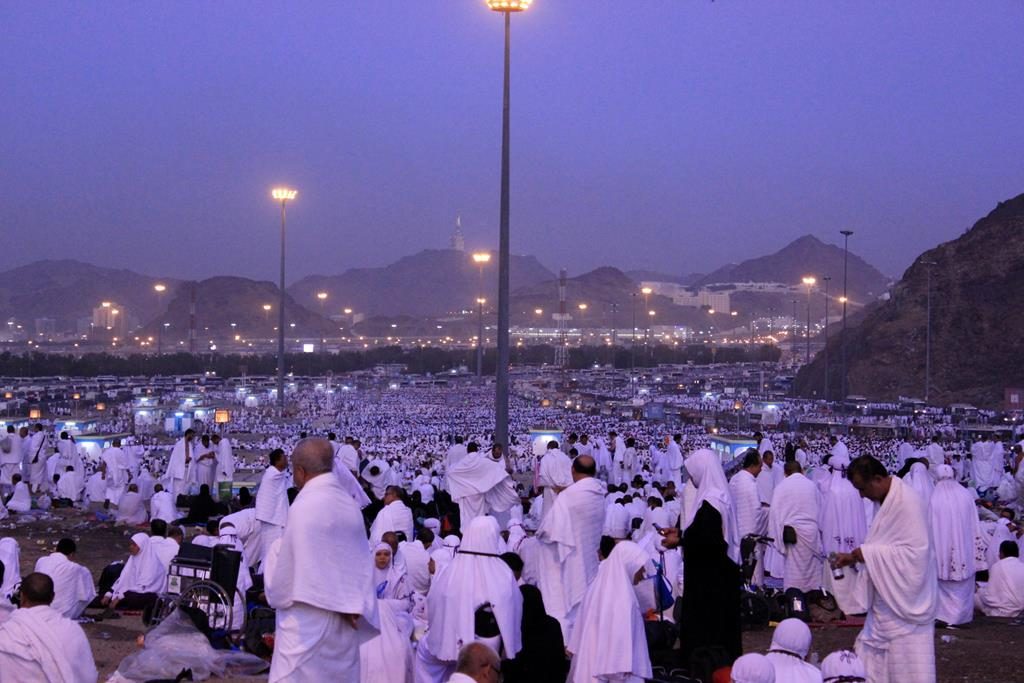
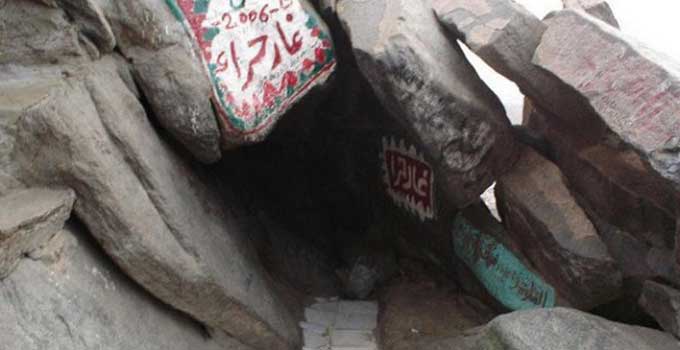
Gar-e-Hira, also known as the Cave of Hira, is located on the Jabal Al-Noor mountain in Makkah, Saudi Arabia. This revered site holds deep significance in Islamic history.
It was within this cave that Prophet Muhammad (PBUH) received his first revelation from Allah through the angel Gabriel, marking a pivotal moment in Islam’s history. The Cave of Hira is often referred to as the "Mountain of Light" due to the divine event that took place there.
As one of the key sites for Ziyarat in Makkah, Gar-e-Hira draws pilgrims from around the world, seeking to connect with the profound history and spirituality it represents.
Masjid Ayesha, also known as Masjid e Taneem, holds great significance for pilgrims undertaking the Umrah and Hajj journeys. This mosque is named after Aisha, the wife of Prophet Muhammad (PBUH).
The mosque’s importance stems from its role as a Miqat—a sacred place where pilgrims enter into the Ihram state before embarking on their pilgrimage. This makes it a vital stop for those preparing for the pilgrimage rituals.
With its historical and spiritual significance, Masjid Ayesha is a must-visit site for those on their pilgrimage journey in Makkah.
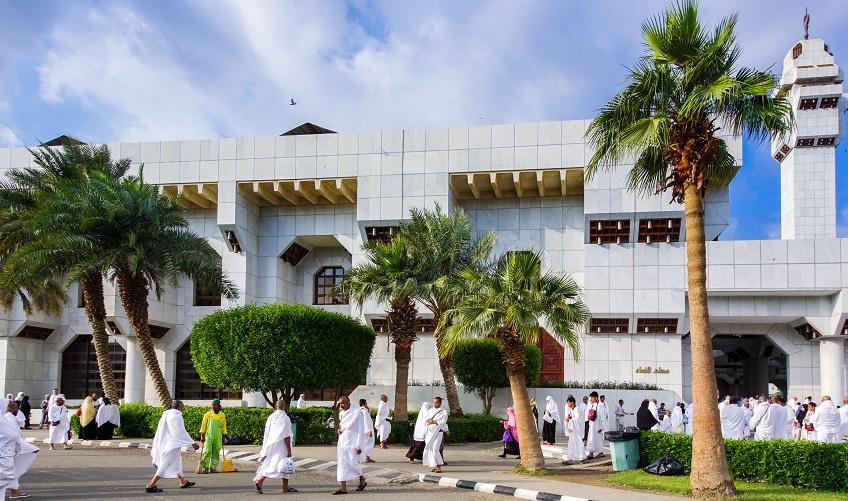
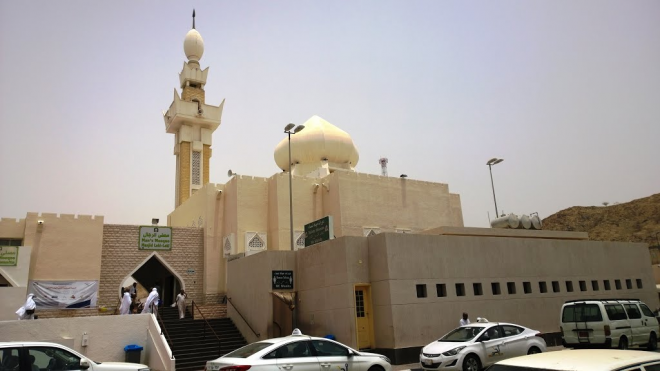
Masjid Al-Jorana is an important mosque located near Makkah, known for its historical and religious significance. It is a key site for pilgrims, especially those performing Umrah or Hajj.
The mosque is also home to the famous Well of Jorana, where pilgrims can stop to make their ritual ablutions. It is a sacred location tied to many Islamic traditions.
Visiting Masjid Al-Jorana and the Well is an important part of the spiritual journey for many Muslims, offering a unique opportunity for prayer and reflection during the pilgrimage.
Jannat-ul-Muala is a revered cemetery located in Makkah, Saudi Arabia. It is the resting place of many of Prophet Muhammad’s (PBUH) companions and family members, making it one of the most sacred burial sites in Islam.
This cemetery holds significant religious importance, and it is a place of ziyarat (pilgrimage) for Muslims who visit to pay their respects and reflect on the lives of those who shaped Islamic history.
Visiting Jannat-ul-Muala during your pilgrimage is a way to honor the legacy of the Prophet’s family and companions and seek spiritual reflection and peace.
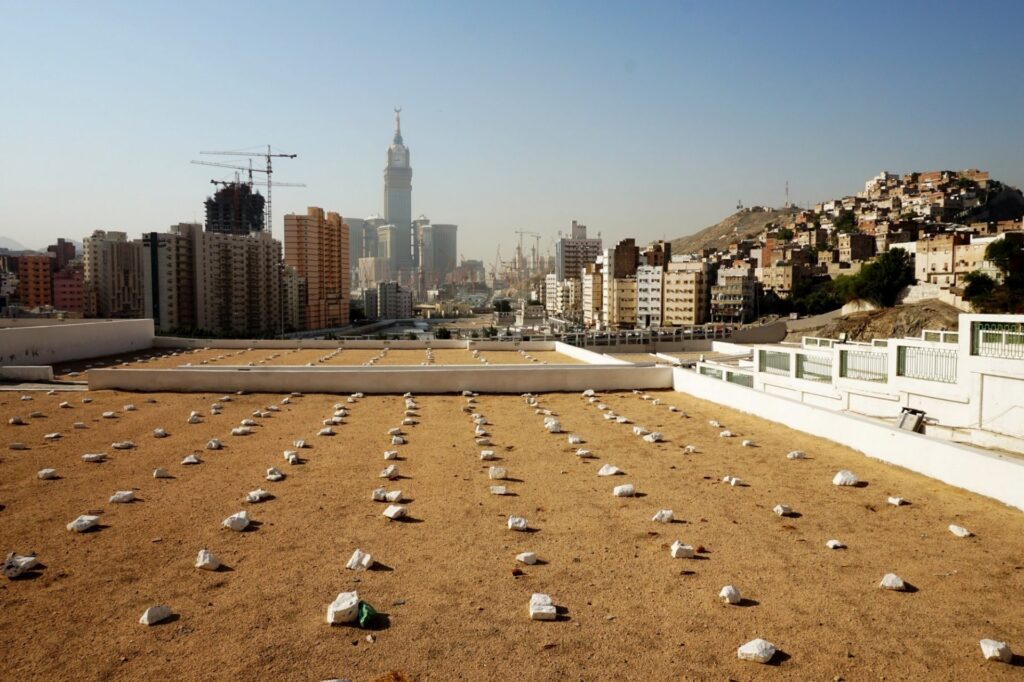

Sulah Hudaibiya, located near the town of Hudaybiyyah, is a significant site in Islamic history. This location, around 10 kilometers from Makkah, is where the Treaty of Hudaybiyyah was signed between the Prophet Muhammad (PBUH) and the Quraysh.
The well at Hudaybiyyah, which is associated with this pivotal treaty, holds deep historical and spiritual significance for Muslims. It marks an important moment in the early years of Islam and the peaceful intentions of the Prophet Muhammad (PBUH).
Visiting Sulah Hudaibiya during your pilgrimage serves as a powerful reminder of the early struggles and peaceful resolutions that helped shape the foundation of Islam.
Masjid Al-Ejabah holds a special place in Islamic history. Located in the Arabian Peninsula, it is a mosque with deep ties to the life of Prophet Muhammad (PBUH) and his companions.
Throughout the Prophet's life, he and his companions built many mosques, each one carrying its own unique significance and legacy. Masjid Al-Ejabah is one such mosque that remains notable in Islamic traditions and practices.
Visiting Masjid Al-Ejabah offers pilgrims a deeper connection to the history of Islam, serving as a reminder of the Prophet's dedication to establishing places of worship and spiritual importance.
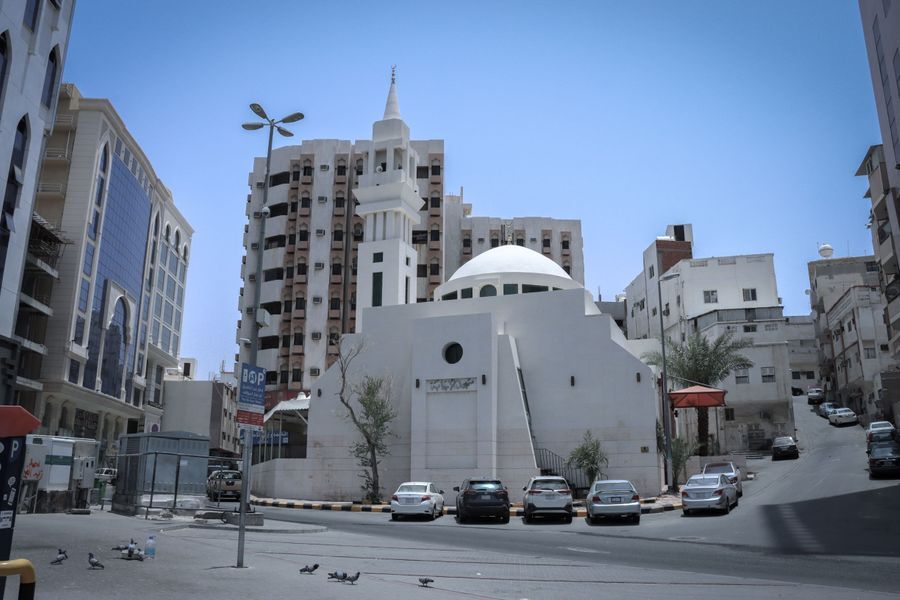
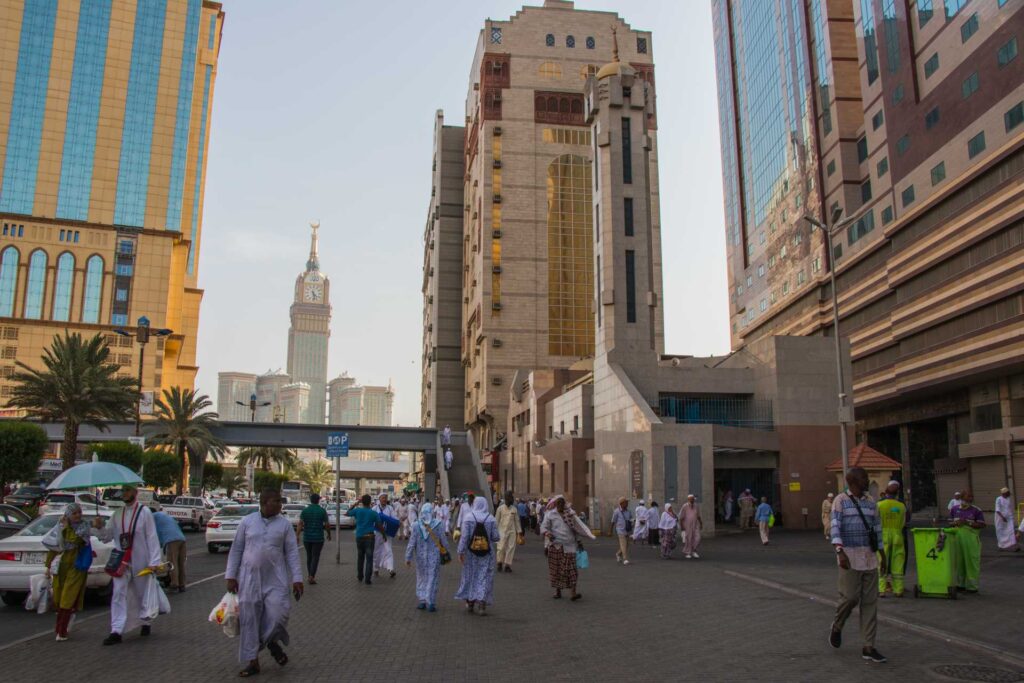
Masjid Al-Jin, located near Jannat Al-Mualla in Makkah, is a historic mosque with great Islamic significance. It is also known as the "Mosque of Guards" or "Masjid al-Bayah" (Mosque of Allegiance), and is one of the oldest mosques in the city.
The mosque’s importance stems from its connection to Surah Al-Jinn, a chapter in the Quran. This is the very place where a large gathering of jinn came to listen to the Prophet Muhammad (PBUH) recite verses from the Quran. After hearing the divine words, they pledged their loyalty and embraced Islam.
Visiting Masjid Al-Jin offers a profound experience for Muslims, connecting them to a pivotal moment in Islamic history where the Prophet's influence reached not only humans but also the jinn.